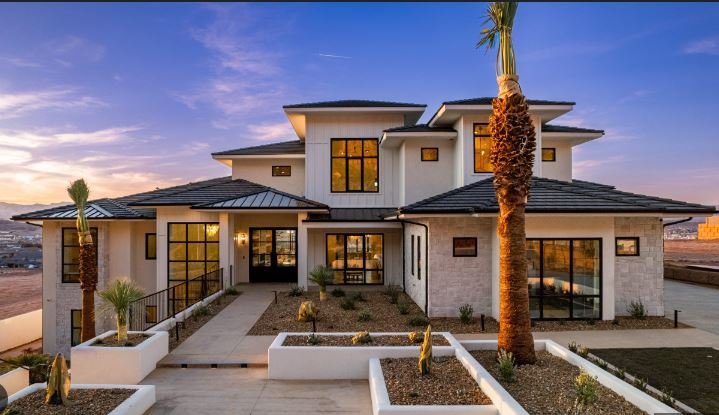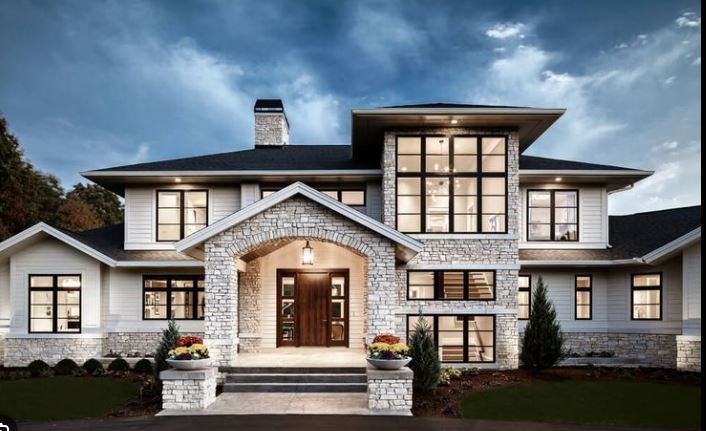Architectural photography is a dynamic field that balances capturing the essence of classic structures while embracing contemporary techniques. Blending traditional and modern approaches can produce striking images that honor historical significance and highlight current architectural innovations. This guide explores how to merge these methodologies to achieve exceptional results.

Embracing Traditional Techniques
Traditional architectural photography focuses on capturing the timeless essence of buildings and structures. Classic methods include using large-format cameras and film, which provide high-resolution images with rich detail and depth. These techniques often emphasize accurate proportions, detailed textures, and historical context. Utilizing traditional approaches can lend a sense of authenticity and reverence to your work.
Incorporating Modern Technology
Modern architectural photography benefits from advancements in technology, such as digital cameras, drones, and advanced editing software. High-resolution digital sensors and mirrorless cameras offer flexibility and precision, while drones provide unique aerial perspectives that were previously inaccessible. Post-processing software enables detailed adjustments, enhancing colors, correcting distortions, and refining images with precision.
Combining Classic and Digital Equipment
Integrating classic and digital equipment can yield remarkable results. For instance, using a digital camera with a tilt-shift lens allows for the correction of perspective distortions while maintaining high image quality. Additionally, combining film-based techniques with digital scanning can blend the depth and texture of traditional methods with the convenience and versatility of digital formats.
Mastering Composition Techniques
Traditional composition techniques, such as the rule of thirds and leading lines, continue to be effective in modern architectural photography. These techniques help structure your images, guide the viewer’s eye, and emphasize architectural features. Modern tools like grid overlays and live view screens further assist in applying these compositional principles with greater accuracy and flexibility.
Utilizing Advanced Post-Processing
Post-processing techniques have evolved significantly, offering sophisticated tools to enhance architectural images. Modern software allows for precise adjustments in exposure, color correction, and distortion correction. Techniques such as High Dynamic Range (HDR) imaging and digital blending can address challenging lighting conditions and enhance details, bridging the gap between traditional photographic qualities and contemporary needs.
Exploring Innovative Angles and Perspectives
Modern architectural photography often explores unconventional angles and perspectives to create visually compelling images. Drones, for example, provide aerial views that reveal the overall layout and integration of structures within their environment. Combining these innovative angles with classic framing techniques can offer a fresh yet respectful take on architectural subjects.
Preserving Historical Context
When blending traditional and modern techniques, it is essential to preserve the historical context of architectural subjects. Respecting the original design intent and historical significance while employing modern tools ensures that your images convey both the past and present. This approach helps create a narrative that honors the architectural heritage while showcasing contemporary perspectives.
Balancing Light and Shadow
Effective use of light and shadow is crucial in both traditional and modern architectural photography. Classic techniques often involve careful planning to capture natural light at optimal times, while modern approaches can utilize artificial lighting and reflectors to manipulate shadows and highlights. Combining these methods allows for greater control and creativity in portraying architectural elements.
Learning from the Masters
Studying the work of both historical and contemporary architectural photographers can provide valuable insights. Analyzing their techniques and approaches helps in understanding how traditional methods can be effectively integrated with modern practices. This knowledge can inspire innovative ways to blend styles and enhance your own photography.

